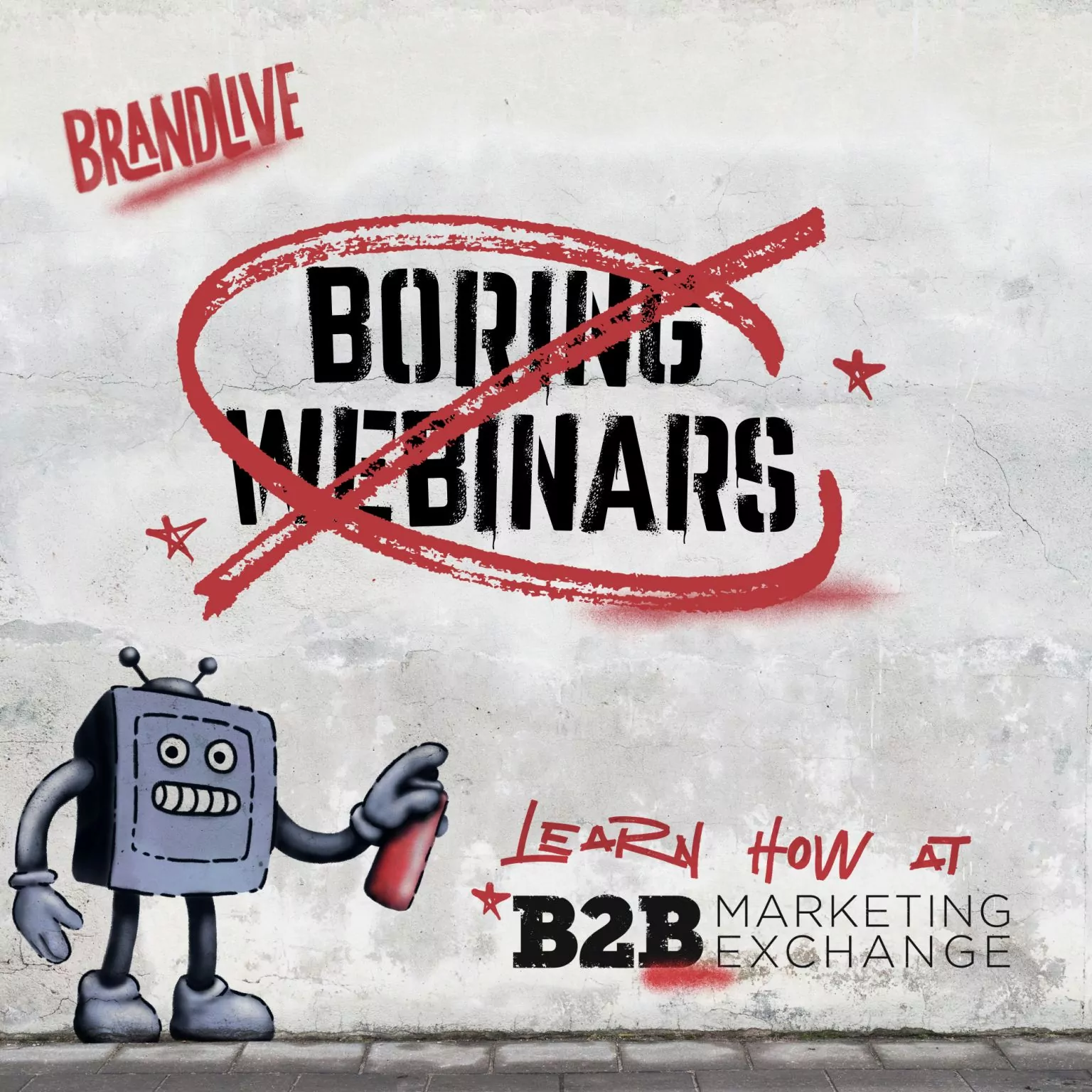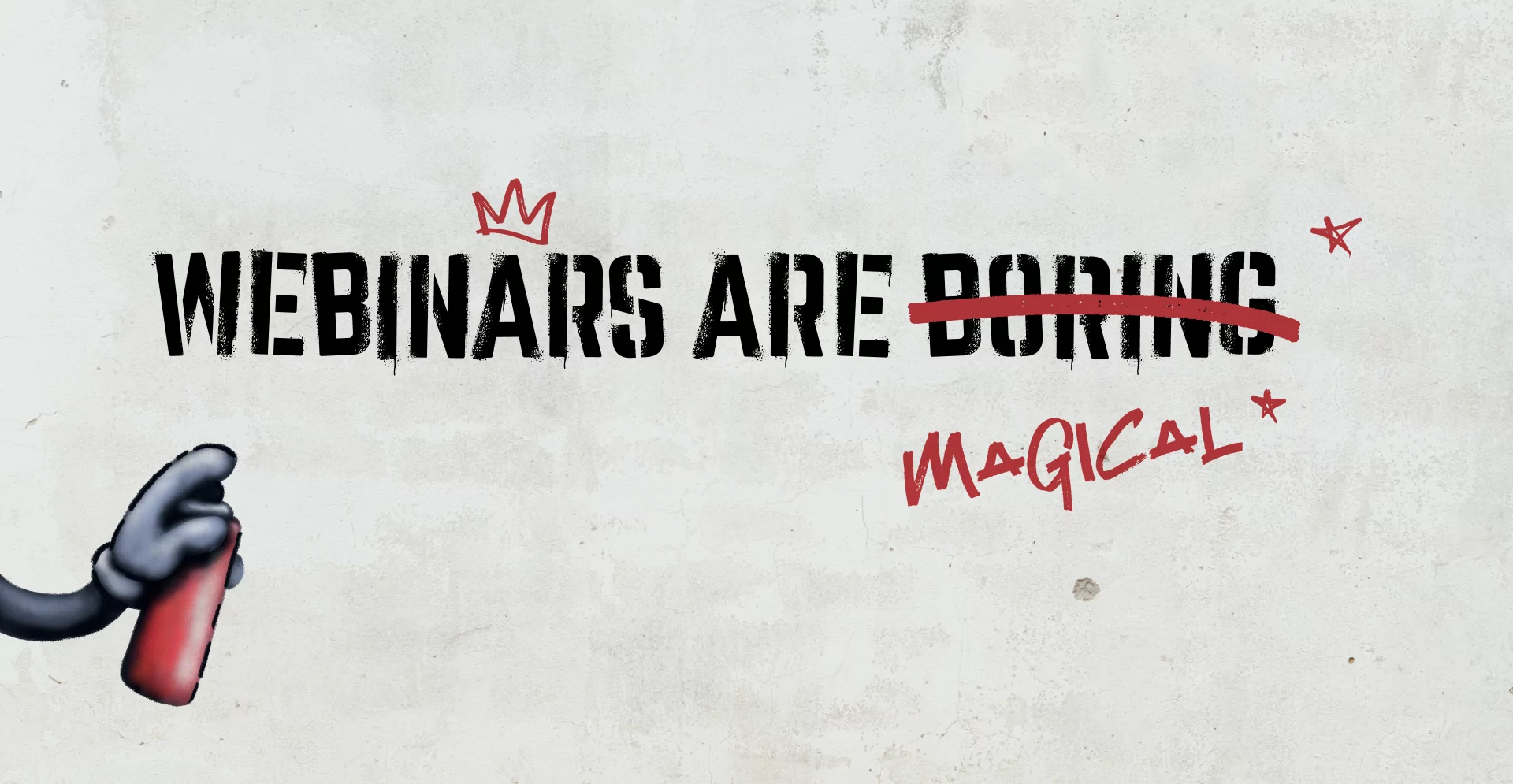This is part one of a blog series to help nonprofits learn how to create virtual events that exceed fundraising goals and audience reach, by looking at how UNICEF, Boys & Girls Clubs, and more exceeded their goals.
If you’re a nonprofit organization, chances are you’ve spent a lot of time since early 2020 connecting with people online — with your own team, with the communities you support, and with your donors. You may have even moved your annual fundraiser gala online, as UNICEF did in December 2020 for its UNICEF Changemaker: A Benefit for Children.
If you’re new to virtual fundraising, you’re not alone. Global nonprofits with little to no experience coordinating events in the digital space dove in and, with the right partners, had great success. To them, success meant:
- Fostering a sense of community on a virtual events platform and being taken by surprise when they discover new ways to connect.
- Finding new ways to educate and entertain various audiences: staff, donors, partners, and more.
- Exceeding fundraising goals.
Top global nonprofits shifted to virtual by focusing on what was most important to them and their audiences, and the results surprised them.
Get the Right Support
Whether you’ve done zero, five, or 20 virtual events in the nonprofit sector, nonprofit leaders say that finding a knowledgeable, professional, and friendly support team is number one for Nonprofit Event Coordinators.
About her team’s experience with online events, Denise Wang-Kline, Vice President of Development at Boys & Girls Clubs of San Francisco, said, “It was our first foray into virtual events, so this was all new. It was a big relief to work with the professional team [at Brandlive] who provided such a high level of customer attention throughout event planning and production.”
Hospital nonprofit touts tech support
Kelly Meincke, Manager of Special Events at The Royal Ottawa Foundation for Mental Health, emphasized the importance of having a supportive team, saying, “The biggest thing for charities like ours who are doing virtual and hybrid events is the actual tech support — it’s the key. Support has to be there when we need them. In the past, that’s been a challenge.”
She added, “Our tech support [at Brandlive] was really great. Our team wasn’t sure how to put up the on-demand link because it was our first time. That morning, when the event finished at 8:30 AM, we wanted to promote the on-demand playback on local radio. When we couldn’t figure out how to do this, I called Ian [at Brandlive] at 5:30 AM (his time), and he made sure the event went up without a glitch.”
Tips to find the right virtual event platform partner
- Estimate your own organization’s support needs.Have you already done a few virtual events? Do you have team members with titles like “Digital Event Planner”? Take stock of your team’s level of experience and expertise building and throwing virtual events. Then, you’ll be more clear on how much support you need.
- Ask prospective partners about their support offerings.As you’re vetting potential virtual event platform partners, ask specifically about their support offerings. While some offer it bundled into the event build, for others, it may be a separate expense.
- Trust your gut.Ask yourself, “Can I see myself and my team collaborating with ease with this potential partner? Are they knowledgeable, resourceful, and unruffled by my questions?” If so, that’s the team to work with for your next big event.
Now that we’ve covered how vital it is to partner with a supportive team of people you jibe with, check out the next post in the series, where we share six ways to increase virtual audience engagement. Hint: an engaged guest is also more likely to be informed, and ready to give.































